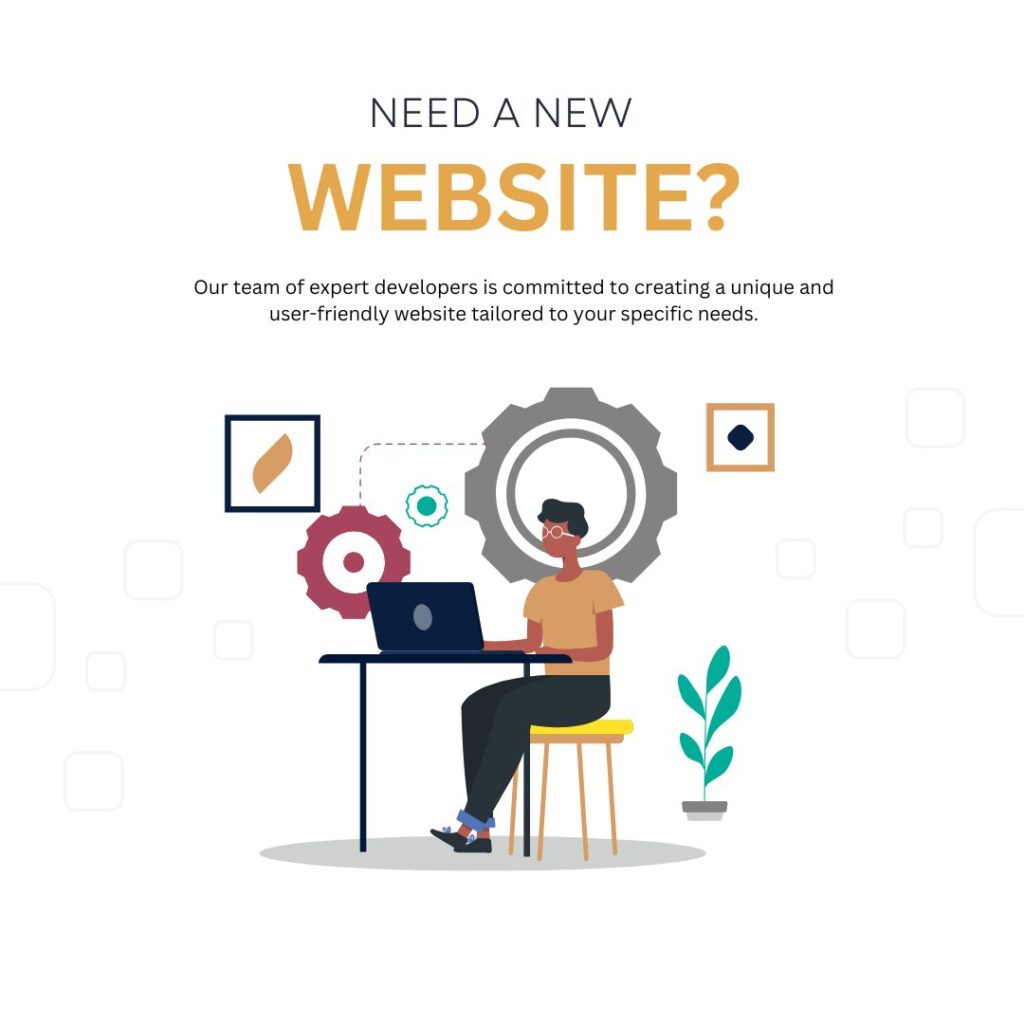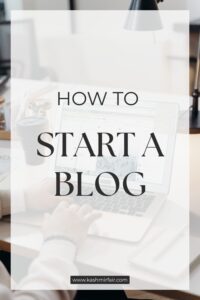Blogging Tips and Tricks

1. What is Blogging? Blogging Tips and Tricks
Blogging is the act of regularly posting content on a blog. A blog is typically composed of articles or posts that are arranged in reverse chronological order. The content can be in various formats, such as text, images, videos, or audio. Blogs can be personal or professional, and they serve a variety of purposes, including: Blogging Tips and Tricks
- Sharing personal experiences
- Educating readers on a particular topic
- Promoting a business or brand
- Building an online presence
- Generating income through monetization
2. Types of Blogs
There are many types of blogs, each with its own focus and audience. Here are a few common categories:
- Personal Blogs: These are blogs that focus on the author’s personal life, opinions, and experiences.
- Photo Blogs: Photo blogging is the practice of creating a blog where the primary content is photographs, often accompanied by captions, descriptions, or narratives.
- Niche Blogs: These focus on a specific topic, such as technology, travel, fashion, or health.
- Business Blogs: These are used by companies to share information about their products, services, or industry.
- Professional Blogs: These are written by experts in a particular field, such as doctors, lawyers, or consultants.
- Corporate Blogs: These are maintained by companies to communicate with customers and build brand awareness.
- Travel Blogs: These focus on travel experiences, destinations, and travel tips.
- Food Blogs: These share recipes, cooking tips, and reviews of restaurants or food products.
- Tech Blogs: These focus on technology, gadgets, software, and related topics.
- Fashion Blogs: These cover fashion trends, clothing reviews, and style tips.
3. Benefits of Blogging
Blogging offers a wide range of benefits, both personal and professional. Some of the key benefits include:
- Knowledge Sharing: Blogging allows individuals to share their knowledge and expertise with others.
- Audience Building: A blog can help you build a loyal audience of readers who are interested in your content.
- SEO and Traffic Generation: Blogs can be optimized for search engines, which can drive organic traffic to your website.
- Monetization Opportunities: Bloggers can earn income through affiliate marketing, sponsored posts, and advertising.
- Brand Awareness: A blog can help increase brand visibility and credibility.
- Networking and Community Building: Blogging can help you connect with other bloggers and readers who share your interests.
- Personal Development: Writing regularly can help improve your writing skills, creativity, and critical thinking.
4. How to Start a Blog
Starting a blog involves several steps. Here’s a general outline of the process:
Step 1: Choose a Niche
Select a topic or niche that you are passionate about and that has an audience. This will help you create content that resonates with readers.
Step 2: Choose a Blogging Platform
There are many blogging platforms to choose from, including:
- WordPress.com: A hosted platform that is easy to use.
- WordPress.org: A self-hosted platform that offers more flexibility.
- Blogger: A free platform provided by Google. Blogging Tips and Tricks
- Medium: A platform that is ideal for writers who want to reach a large audience.
- Wix: A website builder that includes blogging features. Blogging Tips and Tricks
Step 3: Choose a Domain Name and Hosting
If you are using a self-hosted platform like WordPress.org, you will need to choose a domain name and hosting provider. Your domain name should be easy to remember and relevant to your blog’s content.
Step 4: Design Your Blog
Choose a theme or template that reflects your brand and is user-friendly. You can customize your blog’s layout, colors, and fonts to create a unique look.
Step 5: Create Content
Start writing posts on your chosen topic. Make sure your content is well-researched, engaging, and valuable to your readers.
Step 6: Optimize for SEO
Use SEO best practices to improve your blog’s visibility in search engine results. This includes using relevant keywords, optimizing your titles and meta descriptions, and improving your website’s loading speed.
Step 7: Promote Your Blog
Share your blog posts on social media, forums, and other online communities to reach a wider audience. You can also use email marketing to keep your readers engaged.
Step 8: Monetize Your Blog
Once your blog has gained some traffic, you can start monetizing it through affiliate marketing, sponsored posts, and advertising.
5. Blogging Tips for Success
- Consistency is Key: Post regularly to keep your audience engaged and improve your SEO.
- Quality Over Quantity: Focus on creating high-quality, valuable content rather than just posting frequently.
- Engage with Your Audience: Respond to comments, ask for feedback, and interact with your readers.
- Use Visuals: Include images, videos, and infographics to make your content more engaging.
- Stay Updated: Keep up with the latest trends and changes in your niche to stay relevant.
- Use Analytics: Track your blog’s performance using tools like Google Analytics to understand what works and what doesn’t. Blogging Tips and Tricks
6. Monetization Strategies
There are several ways to earn money from your blog:
- Affiliate Marketing: Promote products or services and earn a commission for every sale made through your referral link.
- Sponsored Posts: Work with brands to write sponsored content in exchange for payment.
- Advertising: Use ad networks like Google AdSense to display ads on your blog and earn revenue.
- Selling Products or Services: Offer your own products or services, such as digital downloads, courses, or consulting.
- Membership or Subscription Models: Offer exclusive content or services to paying members. Blogging Tips and Tricks
7. Challenges of Blogging
While blogging can be rewarding, it also comes with its own set of challenges, including:
- Time Commitment: Writing and maintaining a blog can be time-consuming.
- Competition: There are many bloggers in every niche, making it difficult to stand out.
- Consistency: It can be challenging to maintain a regular posting schedule.
- SEO and Traffic: It may take time to build up traffic and improve your blog’s visibility in search engines.
- Monetization: Earning money from a blog can be slow and may require patience and persistence.
8. Future of Blogging
Blogging is continuously evolving with the rise of new technologies and platforms. Some trends shaping the future of blogging include:
- Video Blogging (Vlogging): More bloggers are incorporating video into their content to engage audiences.
- AI-Powered Tools: AI is being used to help bloggers with content creation, SEO, and analytics.
- Mobile Optimization: With the increasing use of mobile devices, blogs are becoming more mobile-friendly.
- Interactive Content: Blogs are incorporating interactive elements such as quizzes, polls, and surveys to increase engagement.
- Social Media Integration: Bloggers are using social media platforms to promote their content and connect with their audience. Blogging Tips and Tricks
9. Tools and Resources for Bloggers
There are many tools and resources that can help bloggers create and manage their blogs more effectively. Some of the most popular include:
- Content Creation Tools: Canva, Grammarly, Hemingway Editor
- SEO Tools: Yoast SEO, Google Keyword Planner, SEMrush
- Analytics Tools: Google Analytics, Jetpack
- **Email Marketing Tools Blogging Tips and Tricks
Personal blogging
Personal blogging is a form of blogging where individuals share their personal experiences, thoughts, opinions, and reflections with an audience. It is often used as a creative outlet, a way to document life events, or a means of self-expression. Unlike professional or corporate blogs, personal blogs are typically more informal and focus on the blogger’s unique perspective and lifestyle.
Key Characteristics of Personal Blogging
- Self-Expression: Personal blogs allow individuals to express their thoughts, feelings, and experiences freely.
- Intimate and Informal Tone: The language used is usually casual and conversational, as if the blogger is talking directly to the reader.
- Niche or General Content: Personal blogs can focus on a specific topic (e.g., travel, fitness, parenting) or cover a wide range of general interests.
- Audience Engagement: Readers often comment on posts, creating a sense of community and interaction.
- Emotional Connection: Personal blogs often aim to connect with readers on an emotional level, making them more relatable and engaging. Blogging Tips and Tricks
Common Topics in Personal Blogs
Personal blogs can cover a wide range of subjects, including:
- Lifestyle and Daily Life
- Travel Journals and Adventures
- Fitness and Health Journeys
- Food and Cooking Experiences
- Fashion and Style
- Parenting and Family Life
- Mental Health and Personal Growth
- Hobbies and Interests
- Personal Achievements and Challenges
Benefits of Personal Blogging
- Self-Reflection and Growth: Writing about personal experiences can help individuals reflect on their lives and grow emotionally or intellectually.
- Connection with Others: Personal blogs can help people connect with others who share similar interests or experiences.
- Creative Outlet: Blogging can be a creative way to express oneself through writing, photography, or other forms of content. Blogging Tips and Tricks
- Building an Online Presence: A personal blog can help individuals build a digital footprint and establish their identity online.
- Therapeutic Value: Writing about personal thoughts and emotions can be therapeutic and help reduce stress.
How to Start a Personal Blog
- Choose a Platform: Select a blogging platform such as WordPress, Blogger, Medium, or Wix.
- Choose a Domain Name: If using a self-hosted platform, choose a domain name that reflects your personal brand.
- Design Your Blog: Select a theme or template that reflects your personality and is easy to navigate.
- Create Content: Write posts that reflect your personal experiences, thoughts, and interests.
- Promote Your Blog: Share your posts on social media and engage with your audience.
- Stay Consistent: Post regularly to maintain your blog and keep your readers engaged. Blogging Tips and Tricks

Photo Blogging
Photo blogging is the practice of creating a blog where the primary content is photographs, often accompanied by captions, descriptions, or narratives. It allows photographers to share their visual storytelling with the world. These blogs can be personal, professional, or even educational, depending on the intent of the blogger. Blogging Tips and Tricks
1. Types of Photo Blogs
There are various types of photo blogs, each catering to different audiences and purposes:
- Personal Photo Blogs: These are created by individuals to share their personal experiences, travel photos, or daily life.
- Professional Photo Blogs: These are maintained by professional photographers to showcase their portfolio, client work, and creative process.
- Niche Photo Blogs: These focus on specific photography genres such as wildlife, street, landscape, or portrait photography.
- Travel Photo Blogs: These are dedicated to capturing and sharing travel experiences through photographs.
- Event Photo Blogs: These focus on documenting events like weddings, conferences, or festivals.
- Fashion Photo Blogs: These showcase fashion photography, including models, outfits, and styling.
- Food Photo Blogs: These focus on food photography, often highlighting recipes, cooking, and dining experiences.
2. Benefits of Photo Blogging
Photo blogging offers several advantages, both for the photographer and the audience:
- Showcase Creativity: It allows photographers to display their work and creative vision.
- Build an Audience: A photo blog can attract followers who are interested in the photographer’s style and content.
- SEO and Traffic: High-quality images and descriptive content can improve a blog’s visibility in search engine results.
- Monetization: Photographers can monetize their blogs through affiliate marketing, sponsored posts, or selling prints.
- Networking: Photo blogs can help photographers connect with other professionals, clients, or enthusiasts.
- Personal Development: Regularly sharing and reflecting on one’s work can help improve photography skills and creativity.
3. How to Start a Photo Blog
Starting a photo blog involves several key steps:
Step 1: Choose a Niche or Focus
Decide on the type of photography you want to focus on, such as travel, fashion, or wildlife. This will help you attract a specific audience.

Step 2: Choose a Blogging Platform
Select a platform that suits your needs. Popular options include:
- WordPress.org (self-hosted, highly customizable)
- WordPress.com (hosted, user-friendly)
- Blogger (free, simple)
- Medium (ideal for writers and photographers who want to reach a large audience)
- Wix (website builder with blogging features)
Step 3: Choose a Domain Name and Hosting (if needed) Blogging Tips and Tricks
If using a self-hosted platform like WordPress.org, you’ll need to choose a domain name and a web hosting provider. Your domain name should be unique and relevant to your photography niche.
Step 4: Design Your Blog
Select a theme or template that is visually appealing and suitable for showcasing photographs. Ensure the blog is mobile-friendly and easy to navigate.
Step 5: Create High-Quality Content
Post high-resolution, well-composed photographs with engaging captions or stories. Use a consistent style and theme to build a recognizable brand.
Step 6: Optimize for SEO
Use SEO best practices to increase the visibility of your blog. This includes using relevant keywords, optimizing image file names and alt text, and improving page load speed.
Step 7: Promote Your Blog
Share your blog posts on social media platforms like Instagram, Facebook, and Pinterest. Engage with your audience and participate in photography communities.
Step 8: Monetize Your Blog
Once your blog has gained some traction, you can explore monetization options such as affiliate marketing, sponsored posts, or selling prints.
5. Tips for Successful Photo Blogging
- Be Consistent: Post regularly to keep your audience engaged and improve your SEO.
- Quality Matters: Use high-quality photographs and avoid low-resolution or poorly composed images.
- Tell a Story: Use captions or narratives to add context and make your photos more engaging. Blogging Tips and Tricks

When choosing a domain name, select something that’s easy to remember, relevant to your blog’s theme, and available. Hostinger allows you to register a domain through their platform, making the process seamless.
In conclusion, Hostinger is a strong recommendation for hosting your blog, especially if you’re looking for a cost-effective, user-friendly solution. Pair it with a well-chosen domain name, and you’ll have a solid foundation for your blogging journey. Whether you’re starting a personal blog, a professional portfolio, or a niche blog, Hostinger provides the tools and support needed to get you up and running quickly.





